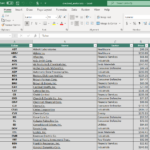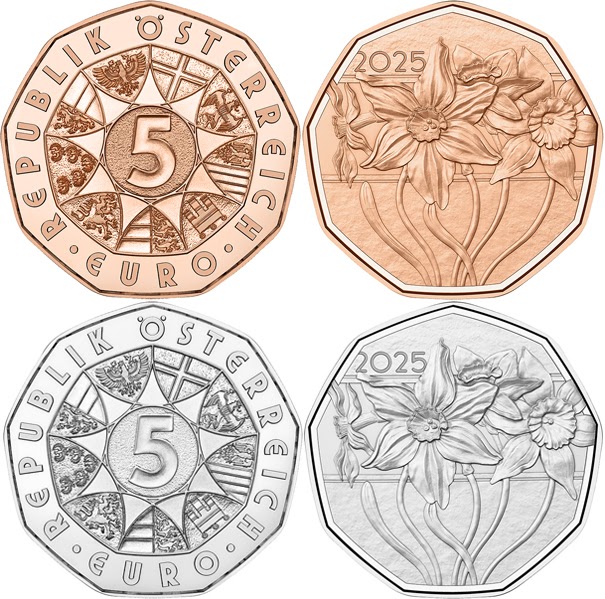Crypto Gambling in 2025: Top Trends to Watch


Crypto gambling has always been a wild ride: one minute, it’s a revolution, the next, regulators are breathing down its neck. What was sci-fi five years ago is now just another Tuesday. And 2025? It’s going to be glorious.
Expect AI casinos reading your soul, meme coins funding your next bet, and, of course, gambling platforms thriving in the chaos. Bitz.io, already a favorite among crypto gamblers, will likely push the boundaries further. Maybe with decentralized tournaments, NFT-based bets, or even AI-powered dealers that know when you really should stop.
Governments will help by launching their own crypto casinos, and smart contracts will be unbreakable until they aren’t. The future is just as bright as a flashing neon sign with a jackpot sound effect.
Governments Will Launch Their Own Crypto Gambling Platforms
In 2025, the same governments that once fought crypto gambling will pivot and embrace it, but on their terms. Expect state-controlled blockchain casinos, where the house edge is set by national authorities and tax collection is instant.
Some countries will justify this as a way to protect citizens from unregulated gambling, while others will see it as a way to tap into a lucrative industry. Here are some possible ways the government might handle crypto gambling:
- State-Owned Blockchain Casinos. Fully controlled by the government, all winnings and transactions are traceable. For instance, Thailand is considering legalizing online gambling to generate significant annual revenue.
- Mandatory KYC for All Crypto Bets. No more anonymity, as personal IDs will be tied to blockchain wallets. The European Union, for example, has implemented comprehensive KYC regulations to combat financial crimes.
- Taxes Embedded in Smart Contracts. A portion of every bet will be automatically sent to tax authorities, ensuring seamless revenue collection.
- Banned Private Gambling Platforms. Heavy fines for anyone using non-government crypto gambling sites. In the United States, the federal government is likely to intervene against quasi-gambling products, indicating a move towards stricter regulation.
Ironically, crypto gambling was supposed to be about decentralization. Yet, 2025 may see it being absorbed into the very regulatory frameworks it tried to escape.
Uprising in Virtual Casinos Driven by AI
Forget traditional online gambling. In 2025, AI-driven, fully immersive casinos will replace static betting sites. These casinos will act as living entities: learning player preferences, tailoring game experiences in real-time, and even simulating human dealers with near-perfect emotional responses.
No more generic slots or table games, each experience will be dynamically generated based on the player’s behavior.
| Feature | Description |
| Adaptive Gameplay | AI will adjust game mechanics based on player engagement. |
| Personalized Odds | No universal odds—AI tailors them based on player history. |
| Deepfake Dealers | Realistic AI dealers, are indistinguishable from real humans. |
| Emotion Tracking | AI reads player emotions via webcam or VR sensors. |
| Blockchain Enforcement | Smart contracts ensure fairness without third-party audits. |
With these developments, traditional casinos will struggle to compete, as AI-generated environments will offer players an experience they can’t find anywhere else.
As Ian Tibot, Chief Commercial Officer of Future Anthem, notes, “We see every single spin of a slot, we see every single bet, and we actually understand the experience that the player is having by creating the concept of a session out of that data.”
Meme Coins Will Rule the Gaming Industry
Bitcoin and Ethereum? How boring. In 2025, the real action will be in meme coins, where internet culture collides with high-stakes gambling in the most spectacularly irrational way possible.
Forget boring betting – your fate now rests in the hands of Twitter trends and Elon Musk’s next cryptic tweet. Plus, putting money into a currency with a frog motif just because someone on Reddit suggested it is the epitome of responsible investing (if you ask me).
| Coin Name | Concept | Price Prediction for 2025 |
| $PEPE | A meme coin inspired by the Pepe the Frog character, gaining traction in online gambling communities. | Predicted to reach $0.01, contingent on market trends. |
| $DOGE | The original meme coin, Dogecoin continues to be popular in gambling circles due to its widespread recognition. | Expected to maintain stability with modest growth. |
| $SHIB | Shiba Inu coin, often dubbed the ‘Dogecoin killer,’ has found its niche in decentralized gambling platforms. | Forecasted to experience gradual appreciation. |
| $FLOKI | Named after Elon Musk’s pet, Floki Inu has carved out a space in meme coin casinos. | Anticipated to see incremental value increases. |
| $MEME | A token that embodies the essence of meme culture, used in various online gaming and gambling platforms. | Projected to rise to approximately €0.0183 by the end of 2025. |
How to gamble responsibly with meme coins or at least minimize regret:
- Accept That Logic Doesn’t Apply: Traditional market analysis? Cute. The only trend that matters is vibes.
- Set a Limit: If your investment strategy involves hoping a Shiba Inu GIF pumps your net worth, maybe cap your losses so it won’t ruin your life.
- Stay Updated on the Circus: Your financial future may depend on the next big meme. Stay vigilant, dear gambler.
- Enjoy the Madness: You’re not here for safe bets, you’re here for the ride. Might as well have fun.
Will meme coins revolutionize crypto gambling? Probably not. Will they create a spectacularly absurd betting landscape filled with chaos, hype, and just enough wins to keep the dream alive? Absolutely.
Smart Contracts Will Introduce Uncheatable Gambling
The promise of smart contracts in gambling is simple: automated, tamper-proof, and completely fair. The reality? While these self-executing contracts eliminate some traditional risks, they are far from invincible.
In 2025, expect increasingly sophisticated exploits, creative loopholes, and a never-ending battle between developers and hackers. The difference? Leading online site Bitz casino investing in rigorous audits and proactive security measures to stay ahead of the game.
| Risk Type | Description |
| Oracles Can Be Hacked | Even decentralized systems rely on external data sources, which can be manipulated. |
| Hidden Developer Backdoors | Smart contracts are “immutable,” but some devs will still find ways to include secret exploits. |
| Front-Running Attacks | Betting transactions could be manipulated via MEV (maximal extractable value) attacks. |
| Game Theory Exploits | Players will find ways to game the system using coordinated blockchain transactions. |
Smart contracts are designed to make crypto gambling fairer and more automated, but keeping them secure is still a challenge we need to tackle. It’s really important to have regular audits, keep things updated, and focus on responsible development to make sure we create a safer betting environment.
Conclusion
Crypto gambling in 2025 won’t just evolve, it’ll mutate. AI casinos will know you better than your friends, governments will protect players while taking their cut, and meme coins will turn bets into lottery tickets. Regulators? Still trying to Google Blockchain. One thing’s certain—this game never stops.





























